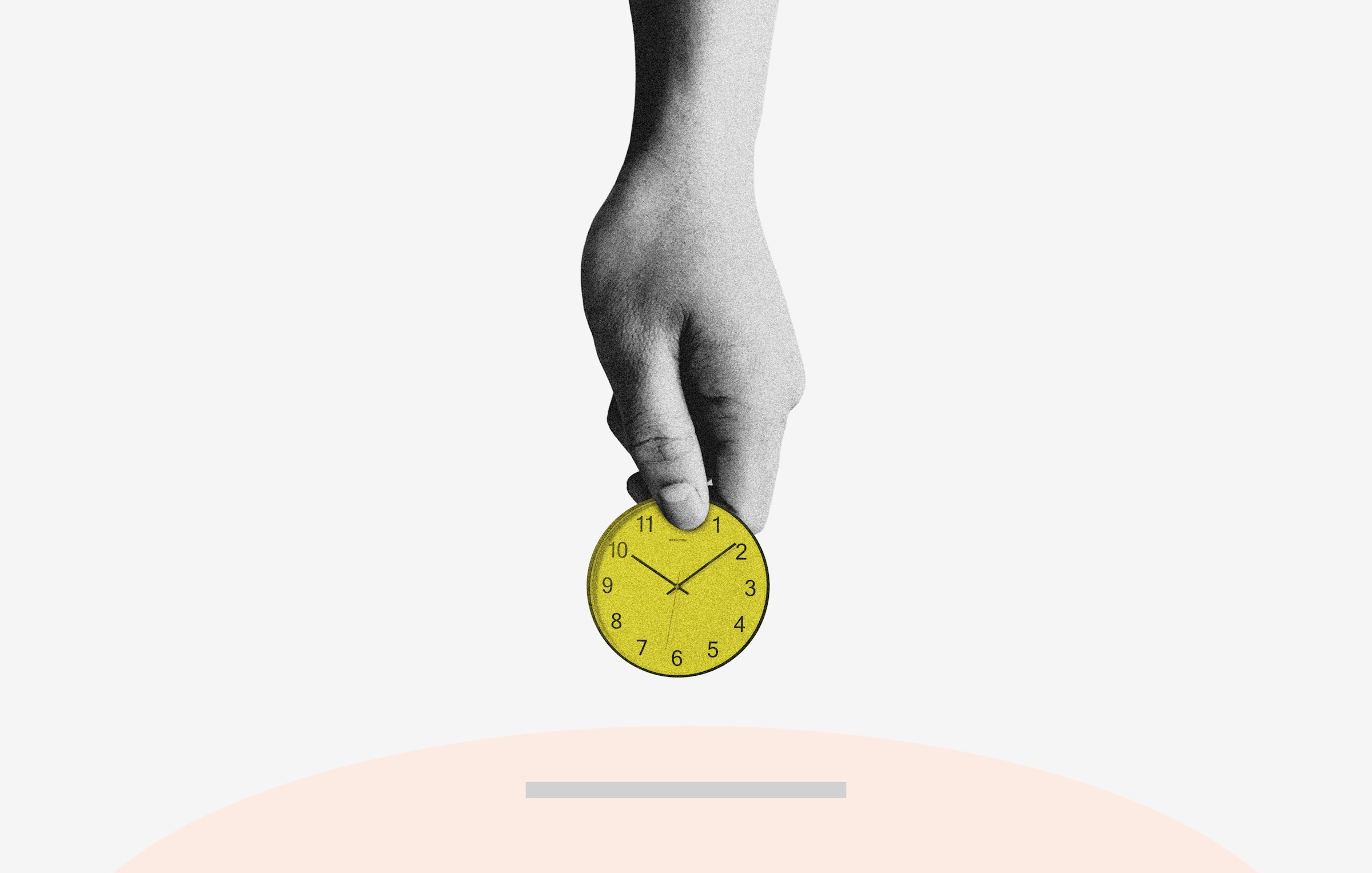Time feels slippery in a home that is full of small signals competing for attention. A kettle begins to hum, a phone lights up on the counter, a sink invites a quick rinse that turns into a half hour reset, and a message arrives at the exact moment you meant to open your laptop. We are told that productivity is a character trait, but inside a home it behaves more like a system. Light, placement, sound, and texture either nudge you toward the next right action or coax you into drifting. The real work of time management begins before any timer starts. It lives in the way a room welcomes you into the day, the path your hands take to reach for tools, and the rhythm that carries you from one moment to the next without asking for constant willpower.
One reason time slips is that we tend to plan in perfect hours and live in imperfect minutes. In our heads a morning arrives as a clean block for focused work followed by a neat handover to lunch, errands, and a gentle wind down. In practice, a loose cabinet handle demands a quick fix, a child needs a form signed, a colleague pushes a meeting forward by thirty minutes, and the body moves more slowly after a light night of sleep. The friction is not a sign of personal failure. It is a sign that the plan was written for an ideal day. When a plan leaves no space for zigzags, small surprises turn into blame. A kinder method is to build a margin you can feel. Think about transitions the way you think about a ramp that lets you step from one level to another without a jump. Leave five quiet minutes between tasks. Keep a neutral corner in the house that you pass between activities, a place where the lighting is soft and the surfaces are clear, so the brain has room to switch gears without dragging the last task along.
Another reason time scatters at home is the quiet tax of roles that overlap. The table that hosts dinner also tries to serve as a desk. The sofa turns into a meeting room. The kitchen morphs into a classroom during homework. Bedrooms promise rest while also holding the glow of a movie or a late scroll, and the mind never fully settles because the cues are mixed. You do not need a renovation to help your brain. You need clearer signals. A tray that only appears when you are in work mode tells the mind it is time to focus. A lamp that is reserved for reading turns a corner into a reliable gateway to books. A small rug placed at the edge of a space can mark a stretch corner that exists for five quiet minutes before bed. These physical anchors teach you how to arrive in a moment.
Energy is even more honest than intention, yet many days are scheduled as if motivation were unlimited. If your sharpest focus arrives late in the morning, do not spend that time on errands that can wait. If your energy softens after lunch, do not load the afternoon with tasks that require architectural thinking. A home can act like a helpful coach. Put your hardest book next to the chair you use in your best hour. Keep a carafe of water where your afternoon lull usually begins so hydration becomes an automatic reset. Place the phone charger away from your best reading spot, so a low battery does not pull you into a digital loop at the exact moment you hoped for a page and a breath. Light helps here too. Sheer curtains that invite daylight tell the body it is time to move, while lamps at eye level in the last hour of the evening signal a soft descent.
A less obvious challenge is phantom friction, the tiny resistance points that do not seem worthy of a plan but quietly drain momentum. A laundry basket placed two steps too far invites a pile on the floor. A compost bin with a sticky lid slows a simple toss and turns it into a small annoyance. A notebook with a wandering pen interrupts the moment you wanted to write a line. The fixes are humble. Move the basket to where clothes actually come off. Replace the sticky lid with a simple flip. Tie a pen to the notebook with a piece of string. Over a week you will notice that you begin sooner, sigh less, and spend less energy convincing yourself to start.
Digital tools make a promise to protect time but they also carry other people’s urgency into your kitchen. A phone on the table changes the weather of a room even when the screen stays dark. You can keep the helpful parts and lower the noise by separating timekeeping from social portals. A simple wall clock in the kitchen removes the need to pick up a device to check the hour. A shared calendar on a tablet that lives in a single spot gives the family a reliable map without asking each person to unlock a notification gateway. When the structure of the day is visible without being social, the mind breathes.
Expectation size can crush an otherwise gentle plan. It is easy to pack three lives into a single day. Morning rituals, a spotless home, a full work sprint, a generous meal, movement, messages with friends, and perfect rest all line up in a wish list that leaves no space for being human. A more compassionate rhythm respects seasons. There are weeks for growth, weeks for maintenance, and weeks for repair. In a growth week you might try an earlier bedtime, a modest screen window in the evening, and a fresh habit such as a ten minute walk after lunch. In a maintenance week you keep the basics steady and decline extras. In a repair week you lower the target and protect rituals that restore you, such as a slow breakfast or an unhurried bath. The house can mirror each season with small cues. Fresh flowers speak of growth. A cleared coffee table speaks of maintenance. Extra blankets and a warmer bulb in the reading lamp speak of repair. These signals help the body and mind agree on how to spend the minutes.
Many people hope a single tool will solve time forever. A planner, a new app, a perfect routine. Time tends to respond to layers rather than levers. A calm morning begins the night before with small pre decisions. If the counters are wiped, the kettle is filled, and the breakfast dishes are easy to reach, the first steps of the day ask nothing extra of you. If a work bag sits by the door with the essentials already inside and your shoes wait on a mat that faces outward, the first exit of the day asks for no hunt and no debate. A home set up for gentle handovers turns intention into action with almost no effort.
Unfinished tasks leave a kind of dust in the mind. Even a small pile can tug at focus each time you pass. A nightly reset eases that pull. Keep it short and friendly. Five or ten minutes at the same window of the evening, one room at a time. Put on a playlist that only plays during resets so your senses know what is coming. Fold the blanket, clear the table, return two items to their homes, and wipe one surface. That is enough. The ritual closes the loop on the day and leaves fewer open tabs in your head for sleep to navigate.
Shared life adds a delicate twist. Partners, children, roommates, or guests shift the cadence of the day. A visible weekly rhythm helps the household move without surprise. A simple note near the kitchen can hold anchors such as soup on Mondays, laundry on Wednesdays before bedtime, and a market visit on Saturday mornings. The goal is not to enforce rules but to show the pattern. When the week has an outline, the house feels kinder and people become more generous with one another.
Clutter steals time not only because of volume but because of decisions waiting to be made. A counter covered in mail holds a queue that steals tomorrow’s focus. Create a landing zone that is small on purpose. Keep a letter slot, a shallow tray, and a recycling bin within reach. Touch the paper once. Recycle or place it in the tray, then block five minutes on two afternoons each week to process what remains. The room grows quieter and the minutes you used to lose while searching for a form begin to return.
Rituals are often treated as luxuries that must be earned once the list is done. The list never fully ends. Move your rituals from the fringe of the day to the wall. A stretch sequence that waits beside the bed becomes a promise kept. A tea corner that always looks ready makes calm feel like a normal part of the house, not a special treat. A chair by a window that holds a folded blanket and a single book becomes a safe landing for the mind. When the home protects a ritual with placement and readiness, the ritual survives busy seasons and helps to steady everything else.
Perfection is brittle. Flexible systems survive real weeks. When the laundry routine falls apart, pick a tiny default such as one small load after dinner on Tuesdays. When the reading habit disappears, start with two pages instead of a chapter. When the morning walk cannot happen, put on shoes and step outside for one minute, then decide if more is possible. The brain respects motion even when it is small. A house that lowers the threshold for starting makes motion easy.
Progress in time management is famously quiet. You will rarely feel a satisfying surge. Instead, the days pick up fewer snags, and the background noise dampens. This can trick you into believing nothing is working. Give yourself proof. Keep a small card on the fridge and write one line each evening about a moment when the house helped you move. The kettle that was filled ahead of time, the bag that was packed, the lamp that guided you to the book you meant to read. Look at the card after a month and you will see a pattern of supports. Confidence grows when it is fed with evidence.
Light is one of the most powerful tools in the house. Morning light works like a natural prompt, while evening light works like a gentle brake. Make the first act of the day the opening of shades. Keep the sill clear so the light has room to arrive. In the evening, retire overhead lights after dinner and let lamps carry the last hour. A single warm bulb in the bathroom tells the body that the day is ending. These adjustments require no app and change the way time feels in your rooms.
Food sets the metronome. When dinner is always late and hurried, the hours that precede it grow tense. A small base can calm the pattern. Cook a grain in advance, keep a pot of broth that becomes soup or sauce midweek, and wash a vegetable you like to use. With a base in reach, you remove a decision at the hungriest time of day. A calmer dinner leads to a calmer evening, and the night routine becomes easier to keep without demanding more from you.
Weekends also deserve an intention. They disappear quickly into errands that restore no one. Decide the purpose before the week ends. If connection is the goal, protect a meal with friends and let chores bend around it. If reset is the goal, lower the social load without apology. Let the house support the plan. Set the table the night before a brunch and bring a small vase with leaves to the center, or place fresh towels by the shower for a slow hour of care after a long run. When the house signals your aim, the hours arrange themselves with less effort.
Homes fill with objects that do not have an address, and these wanderers consume minutes through small searches that add up. Give each tool a home as close as possible to where it is used. A hook by the door for the leash, a shallow bowl near the work surface for the tape measure, a labeled pouch in the drawer for chargers. Labels are not a sign of fussy taste. They are a kindness to your future self. Every time you reach without searching you recover a sliver of time, and these slivers combine into a sense that the day is on your side.
Underneath all of this sits the story you tell about yourself. If you decide you are bad at time, you will find proof in every delay and ignore moments that flowed. Try a new narrative. You are learning the light of your rooms. You are building small supports that make the next step easier. You are becoming a person who designs better days. That identity is easier to keep than any rigid rule about a perfect hour to wake or a list that regenerates each night.
Time management often sounds like a stern subject, but it does not have to feel heavy. A home is an ally when it is set up to help you begin, to help you transition, and to help you stop. Start with a single corner that invites you into a good habit. Turn a chair toward the morning light. Place the book on the cushion before you sleep. Fill the kettle at night. Choose a lamp that always glows at the hour you mean to slow down. Each cue does a small piece of work, and together they reduce the need for discipline. The days will remain imperfect and some minutes will still go missing, yet more of them will land where you hoped. A house that keeps its promises teaches you to keep yours. What we repeat becomes how we live, and with a little design, rhythm, and warmth, your home can help you keep time.




.jpg&w=3840&q=75)









